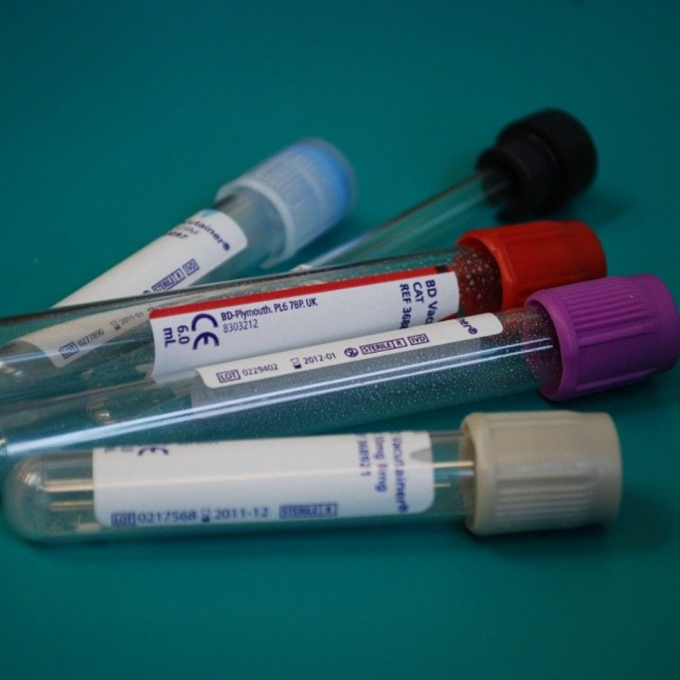As we continue to battle the Omicron wave, an increasing number of patients who have recovered from COVID 19 have asked for advice regarding when they can resume exercise. This is a pertinent question since we know that some patients develop cardiovascular complications following COVID 19 infection. And, following this, arises the concern about the risk of adverse sudden cardiac events with exercise.
‘I contracted covid 19 and I have since recovered. Can I continue my exercise regime?’
A recent report from the American College of Cardiology Sports and Exercise Leadership Council1has provided some guidance. This report states that the prevalence of clinical myocarditis (cardiac inflammation) in athletes who have recovered from COVID-19 is low. Most of these athletes studied underwent a triad of cardiac testing, including a 12-lead electrocardiogram (ECG), transthoracic echocardiogram (ECHO), and a blood test – troponin-assay (cTn) regardless of their symptoms. In some other studies, athletes had a cardiac magnetic resonance imaging (MRI) test performed.
Most patients who have recovered and are asymptomatic do not need routine testing to resume exercise. A period of observation/abstinence is reasonable to make sure symptoms do not arise before restarting exercise. The report mentions abstinence periods of between 3-10 days but we think that 2 weeks from the recovery of all significant COVID symptoms (referring to non-cardiopulmonary symptoms as cardiopulmonary symptoms will need further testing) may be safer. Such non-cardiopulmonary symptoms may include fever [temperature ≥38°C], chills, lethargy, myalgias, upper respiratory tract, gastrointestinal, or headache. In addition, exercise intensity should be reduced and be gradually increased, taking into consideration the severity and duration of their COVID-19 infection, personal fitness of the patients, and their initial response to activity.
This report suggests that athletes who contracted Covid 19 and have cardiopulmonary symptoms (such as chest pain or tightness, breathlessness, palpitations, lightheadedness, or faints), should consider some of these tests mentioned below, before resuming their exercise routine.

WHAT IS A 12-LEAD ELECTROCARDIOGRAM (ECG)
The Electrocardiogram is a diagnostic tool that measures and records the electrical activity of the heart. Interpretation of these signals allows diagnoses to be made. This test is performed with the patient lying supine. Electrodes (sticky patches) are placed on the patient’s chest, wrists and ankles. This test is very safe and no electrical signal enters the body during the test.

WHAT IS AN ECHOCARDIOGRAM (2D ECHO)
An echocardiogram is a diagnostic procedure using high-frequency sound waves, called ultrasound to acquire moving pictures of the heart and its related structures (e.g. valves). From these pictures, we can measure the size of the heart chambers, study the motion of heart valves, assess the efficacy of the contraction of the heart muscle, and evaluate the blood flow pattern across the valves and within the heart chambers. This information is very helpful to your doctor in determining how well your heart is working and whether there are abnormalities such as myocarditis.

WHAT IS A TROPONIN-ASSAY (CTN)
Cardiac troponin (cTn) I and T are proteins released from heart muscle cells following injury or necrosis, i.e., cell death. An accurate measure of cTn concentrations in a patient’s blood following ischemia/chest pain can enable providers to determine whether or not myocarditis or myocardial infarction (MI) have occurred.

MAGNETIC RESONANCE IMAGING OF THE HEART
This is an excellent tool to visualize the tissue characteristics of the heart and can determine injury patterns such as swelling or scar formation. There are specific criteria needed to make a diagnosis of myocarditis using this test.

